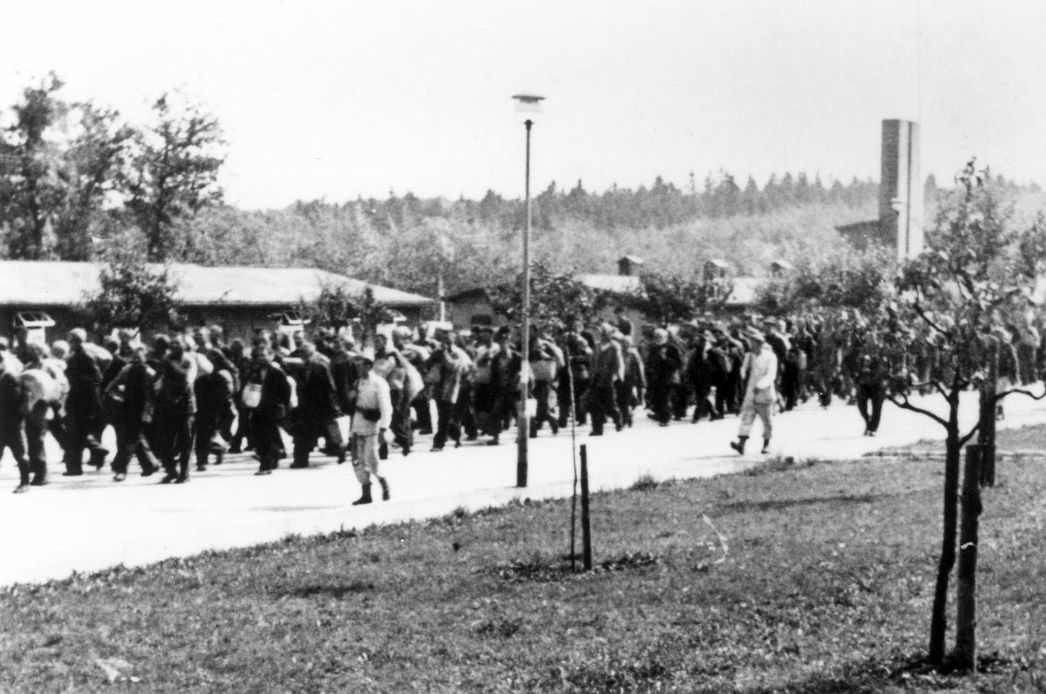
With the use of inmates in the German arms industry came an increased demand for workers. A growing number of people from all over Europe were deported to Buchenwald to replenish the labour supply. Between late 1942 and the fall of 1944, the number of inmates increased a tenfold. In mid October 1944, some 88,000 men were held in the main camp on Ettersberg Mountain and in various subcamps. Of these, the largest group consisted of "foreign civil workers" from the Soviet Union and Poland and political prisoners of various nationalities. They were joined by thousands of Jews, Sinti, and Roma. Before being exterminated, they were to be exploited as forced labourers. German inmates formed a small minority. Nevertheless, from 1943 onward, German communist inmates occupied all the important positions among the inmate functionaries. This formed the basis for the establishment of an International Camp Committee, a secret inmate underground organization in the main camp.

